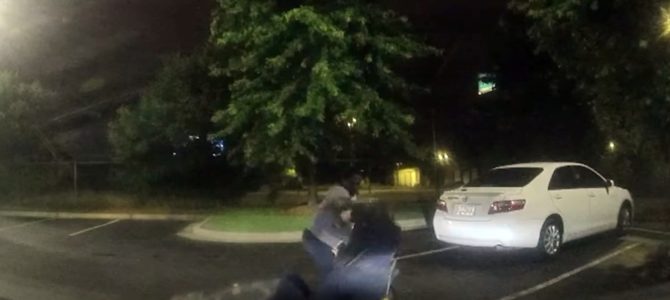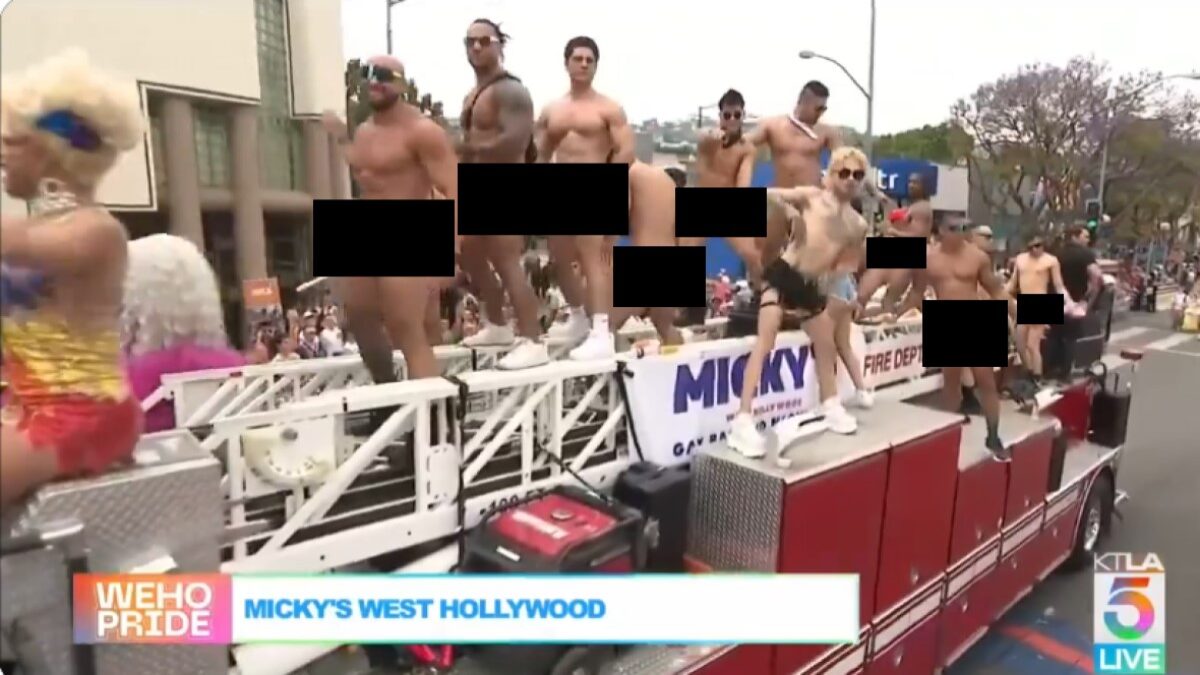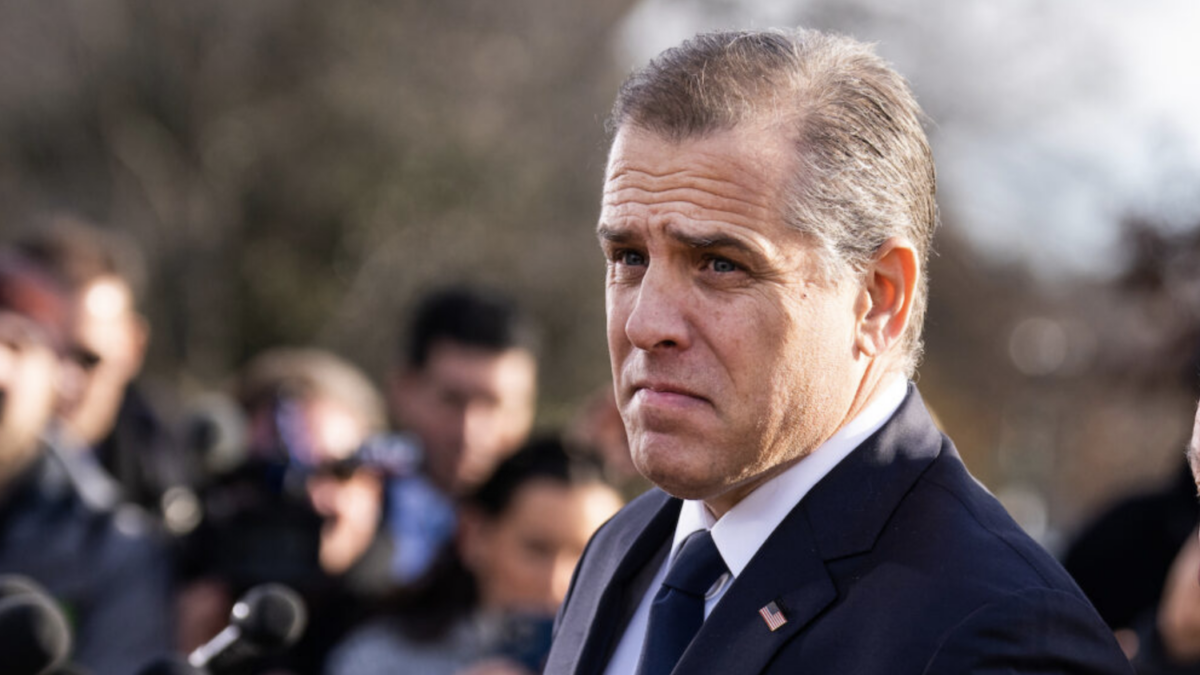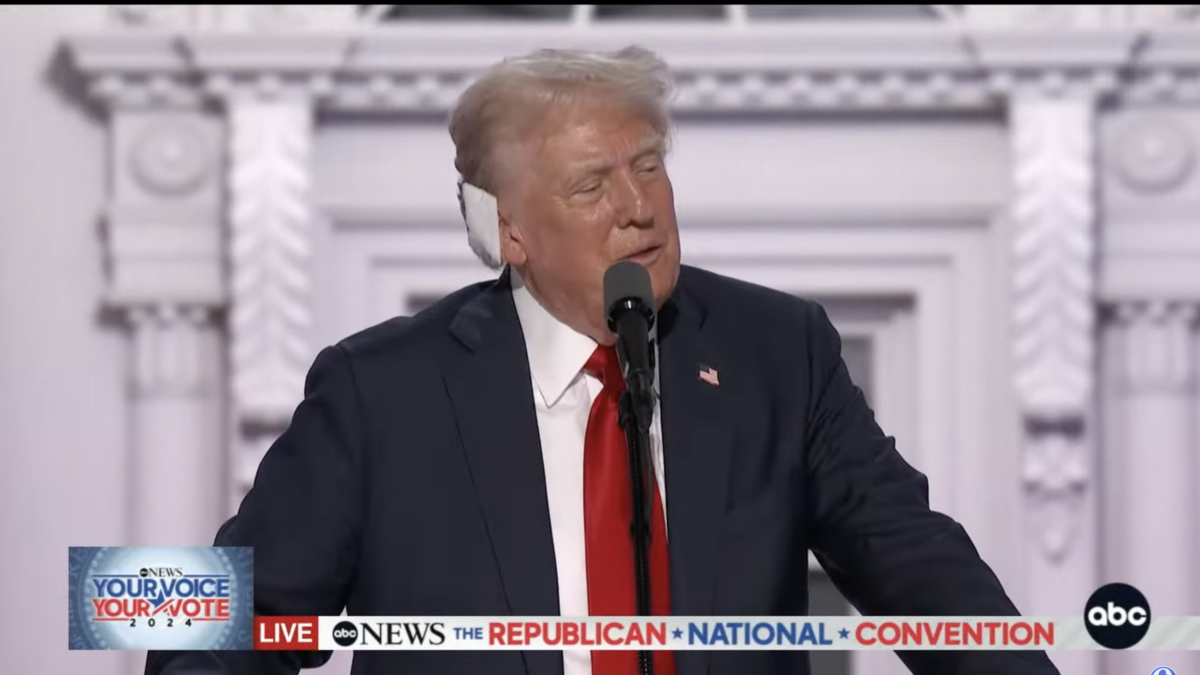
In the aftermath of George Floyd’s death, the subject of racism and police brutality lept to the forefront of our political discourse. While both are important matters to explore and discuss, the fact is that such debate is not being held in an honest fashion. Instead, a chosen narrative has become more important than fact. Worse, there is an intentional effort to conflate even the most dissimilar events in order to promote the political aims of the Black Lives Matter movement.
The reaction to the death of Rayshard Brooks is an example of this conflation. On June 12, police officers were called to a Wendy’s restaurant in Atlanta, Georgia. According to the Georgia Bureau of Investigation, Brooks had “fallen asleep in his vehicle, which was parked in the drive-through, causing other customers to drive around him.”
After an initially civil interaction involving an alcohol test, Officers Devin Brosnan and Garrett Rolfe attempted to arrest Brooks. As they tried to place him in handcuffs, Brooks violently resisted arrest and grappled with the officers. He seized a Taser from Brosnan, punched Rolfe, then fled the scene after being hit by a Taser dart fired by Rolfe.
While running, Brook turned and fired the Taser in Rolfe’s direction, with Rolfe returning fire with his handgun. Brooks died later in hospital care.
According to Section 3010 the Atlanta Police Department’s Standard Operating Procedures, the actions the officers took were clearly within departmental guidelines. The relevant portion states that an employee may use deadly force to apprehend a suspected felon only when:
He or she reasonably believes that the suspect possesses a deadly weapon or any object, device, or instrument which, when used offensively against a person, is likely to or actually does result in serious bodily injury and when he or she reasonably believes that the suspect poses an immediate threat of serious bodily injury to the officer or others…
Regardless of Brooks’s culpability for his own death as the result of his violent actions, the underlying narrative of systematic and racist police brutality apparently remains more powerful than incontrovertible video evidence.
The officer has been fired, and Police Chief Erika Shields has stepped down. Yet Chassidy Evans, Brooks’ niece, stated, “Not only did we lose another black, unarmed male. This time it landed on our front doorstep.”
Brooks was clearly not unarmed, however, but attempted to use a stolen weapon after violently resisting arrest and assaulting a police officer. This alone sets Brooks apart from Floyd, whose death occurred while posing no threat to the officers involved.
Allowing two disparate scenarios to be compared by nature of skin color alone harms the worthwhile cause of raising awareness of police brutality by making the implicit claim that the use of force against every black man by police is unjust.
The unfortunate and brutal fact is that some people are killed without adequate justification by the police in appalling and morally abhorrent situations, while others are killed within the context of self-defense. Each case involves individual humans and their individual choices, and so, each case should be judged according to its own facts and merits. To apply subjective assumptions of innocence or guilt based on skin color is both dangerous and fundamentally racist.
What makes matters worse is that there is a growing attempt to justify the act of resisting arrest by making the unsubstantiated claim that black Americans run a heightened risk of being killed in such scenarios. Attorney L. Chris Stewart stated, “People ask, ‘Why would (Brooks) resist if they’re trying to put him in handcuffs?’ Well, they put George Floyd in handcuffs, and he was subsequently killed. So just getting put in handcuffs — if you’re African American — doesn’t mean you’re going to be nicely taken to the back of a police car.”
If we begin to justify violent actions against police officers who follow the law, we are open the door to lawlessness and anarchy.
By conflating contrasting cases as evidence of a narrative with a complete disregard for facts or nuance, we are making it impossible for police officers to do their jobs. Indeed, by justifying violence against officers, we should not be surprised when many decide that placing their lives on the line daily is hardly worth the risk. When that day comes, will the chosen narrative remain as important as reality? Let’s hope we don’t have to find out.









